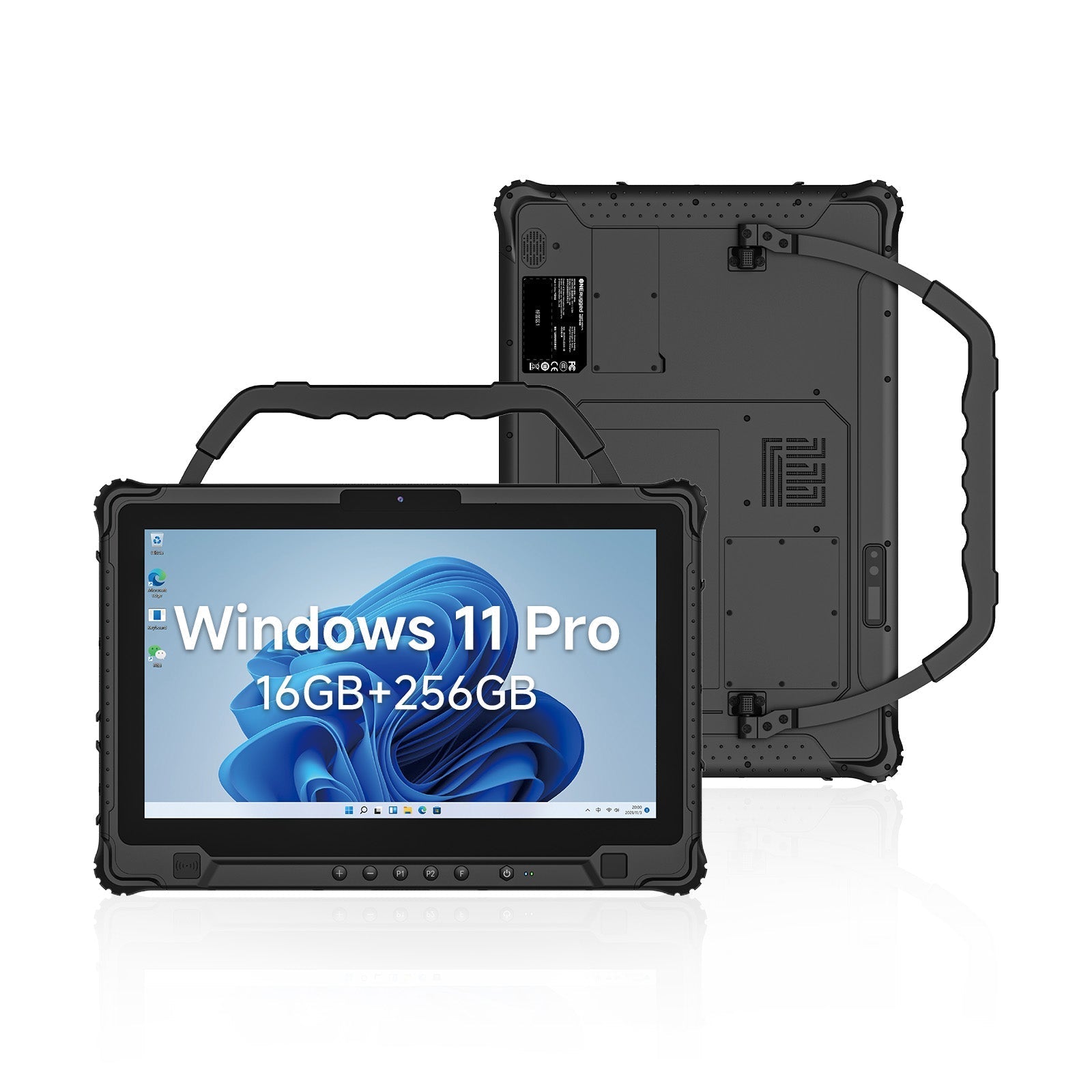
How to Choose the Best Tablet with Barcode Scanner for Your Business
When you pick a tablet with barcode scanner for your business, you should think about how it helps with your daily work. Find a device that works well with your software. It should also handle lots of data fast. Many new tablets have better scanning technology. They can read barcodes that are damaged or faded. This helps you make fewer mistakes. You can watch your inventory as it changes. It also helps teams talk to each other better. Rugged tablets last longer in hard work places. This means less time when things break and better results.
Key Takeaways
-
Pick a tablet that matches your business needs. Think about your work area and the barcodes you scan each day. - Find tablets that work fast and have a tough build. Make sure they scan barcodes quickly and correctly to help you work better. - Check that the tablet works with your current software. It should also be able to grow with your business and connect easily. - Use tablets that have scanners built in for quicker scans. These tablets last longer, which helps if you scan lots of things. - Try out the tablets where you work to see if they scan well. Make sure they connect right and fit what your team needs.
Key Considerations
Business Needs
First, think about where you work and what you do each day. Every business has different needs. For example:
-
Factories and warehouses need tough devices. These devices must handle dust, drops, and hot or cold places.
-
Retail stores scan printed and digital barcodes. They also scan small or damaged barcodes.
-
Tablets in trucks help drivers get data right away.
-
People who move a lot, like in logistics, may wear computers. This lets them scan without using their hands.
Tip: Think about how much you scan and where you work. Also, think about the barcodes you scan. If you scan all day, comfort and strong devices are important.
Here is a table to help you compare device types:
|
Device Type |
Best Use Case |
Scanning Range & Capability |
Ergonomics & Mobility |
|---|---|---|---|
|
Tablets |
Light scanning, managers |
Can pair with Bluetooth scanners |
Larger screen, can be mounted |
|
Handhelds |
Heavy scanning, warehouses |
Long-range scanning |
Rugged, all-in-one |
|
Wearables |
Hands-free, high mobility |
Short-range scanning |
Lightweight, worn on body |
Performance
Performance shows how well your device works when you are busy. You want a tablet that keeps up with your work. Look for these minimum specs:
|
Specification |
Recommended Value |
|---|---|
|
Screen Size |
10.0 - 10.9 inches |
|
Scanner Type |
2D Area Imager, Long Range |
|
RAM |
8 GB |
|
Storage |
128 GB |
|
Ruggedness (IP) |
IP66 |
|
Screen Resolution |
1920 x 1200 pixels |
|
Connectivity |
5G, Wi-Fi, USB-A, USB-C, Cellular |
|
Durability Features |
Drop-tested, dustproof |
Tough tablets and strong wireless help in hard places. Screens you can see in sunlight and good barcode readers make scanning fast and correct.
Integration
Your device should work with your software and systems. Some tablets need special work to connect to business apps. Windows tablets often work best with business software and barcode scanning SDKs. Devices with x64 processors, like Intel or AMD, run more apps. If you use hard software, pick a tablet with at least 8 GB of RAM and a new operating system.
Note: Make sure your device can change as your business grows. Modular tablets let you add things like GPS or RFID later. Always check that your tablet and scanner work with your warehouse or inventory systems.
Business Impact
Efficiency
You want your team to finish work faster and better. Tablets with barcode scanning features help make this happen. Workers can scan many barcodes at one time. This saves time during audits and inventory checks. Teams can finish tasks much quicker.
Here is a table that shows how businesses have improved their workflow efficiency:
|
Improvement Metric |
Reported Impact on Workflow Efficiency |
|---|---|
|
Up to 50% reduction in scanning time |
Multi-barcode capture enables simultaneous scanning, speeding audits |
|
3x faster processing |
Accelerates receiving workflows, reducing delays in logistics |
|
Increased throughput |
Enables faster inbound/outbound logistics and reduces workflow breaks |
|
2x efficiency gains |
Processes over 10 million labels reliably across multiple countries |
You also spend less money. Mobile apps on tablets lower hardware costs and repairs. Workers can move around easily with Bluetooth and Wi-Fi. This lets them scan items anywhere in your building. Cloud integration gives you updates right away. You always know your inventory levels. Easy-to-use designs help your team learn fast and make fewer mistakes.
Tip: If you use tablets instead of old scanners, you can scan twice as fast and process shipments three times quicker.
Data Accuracy
Accurate data helps your business run well. Tablets with barcode scanning features help stop mistakes. Automated scanning means you do not type in data by hand. This lowers human errors and keeps records correct.
-
Barcode scanning makes sure you record each item right.
-
Real-time updates show the newest stock levels.
-
Integration with POS, ERP, and WMS makes data more reliable.
-
Automated scanning speeds up work and lets your team focus on important jobs.
-
Data validation checks for mistakes before saving information.
Rugged tablets work great in tough places like warehouses. They keep working even if dropped or used in dusty spots. Real-time connectivity lets your team update data right away. This means you always have the most correct information.
Note: Many companies say they reach up to 99% accuracy, even when scanning damaged or hard-to-read barcodes.
Choosing a Tablet with Barcode Scanner

Requirements
Before you buy a tablet with barcode scanner, think about what your business needs. First, decide how you will use the device. Will you use it for inventory management, point-of-sale, or something else? You should also check which barcodes you scan most. Some labels are paper, but others use strong materials like polypropylene or polyester. This can change which scanner is best for you.
Here is a table to help you list your main requirements:
|
Requirement Category |
Details / Considerations |
|---|---|
|
Barcode Type |
What kind of barcode labels do you scan? (paper, polyester, polypropylene) |
|
Operating System |
Do you need Android or Windows compatibility? |
|
Intended Use Case |
Will you use it for inventory, sales, or something else? |
|
Durability Needs |
Do you need a rugged tablet for tough environments? |
|
Vendor Experience & Support |
Does the vendor have a good track record and offer support? |
|
Software Integration |
Will it work with your current business software? |
Tip: Always try the device where you work. Make sure it scans fast and right in your normal lighting and with your usual barcodes.
Barcode Scanning Technology
There are many types of barcode scanning technology. Each one is good for different jobs. Some scanners only read simple barcodes. Others can read more complex codes.
|
Scanner Type |
Pros |
Cons |
Best For |
|---|---|---|---|
|
Wireless Handheld |
Easy to carry, connects with Bluetooth or Wi-Fi, works with many apps. |
Battery can die fast, sometimes has wireless problems. |
Warehouses, retail, logistics needing mobility. |
|
Fixed Scanners |
Fast, scans many items without stopping, needs little help from people. |
Cannot move, costs more to set up. |
Production lines, self-checkouts, high-volume. |
|
2D Barcode Scanners |
Reads both 1D and 2D codes, very accurate, scans damaged barcodes. |
Slower than 1D, costs more. |
Retail, logistics, complex barcode needs. |
|
Industrial-Grade |
Very strong, works in tough places, very accurate. |
Heavy, big, expensive. |
Factories, rugged environments. |
Most busy stores or warehouses use a 2D area imager. It reads both 1D and 2D barcodes from any angle. It can also scan damaged or faded barcodes and works at different distances. This makes it a good pick for places that need speed and accuracy.
Note: If you need to scan from far away, choose long-range scanners. If you only scan close up, a short-range scanner is fine.
Tablet with Barcode Scanner Features
When you pick a tablet with barcode scanner, look for features that fit your work. Rugged tablets last longer in hard places. They can handle drops, dust, and water. Check the battery life too. Long battery life and fast charging help your team work longer without stopping.
Here is a table of important features:
|
Hardware Feature |
Description and Importance |
|---|---|
|
Durability & Ruggedness |
IP65/IP67 ratings or military-grade toughness protect against drops, dust, and water. |
|
Battery Life & Charging |
Long battery life and fast charging keep your team working all day. |
|
Connectivity |
Wi-Fi 6, 5G, and Bluetooth support fast data and easy pairing with scanners. |
|
Screen Size & Brightness |
8-10 inch bright, anti-glare screens help you see in any light. |
|
Operating System |
Android is easy for apps; Windows works well with older business software. |
|
Built-in or Compatible Scanner |
Built-in laser scanners are fast and reliable. Bluetooth scanners work too, but may be slower. |
Some tablets have extra tools like GPS, fingerprint readers, or magstripe readers. These are helpful if you need more than just scanning.
Tip: If you scan lots of items every day, a built-in scanner is faster and easier than a Bluetooth scanner.
Software and SDK Integration
Your tablet with barcode scanner should work with your business software. Many tablets use Android, iOS, or Windows. Cross-platform support lets you use the same app on different devices. This saves money and makes your system easier to manage.
Many barcode scanning apps and SDKs help you add scanning to your own software. For example, Scandit and CortexDecoder SDKs work on Android, iOS, and Windows. They let you scan many barcodes at once, even if they are damaged or hard to read. Some SDKs also add things like cloud storage or special overlays.
|
SDK/Product |
Description |
Platform Support and Features |
|---|---|---|
|
CortexDecoder SDK |
Fast barcode decoding, works with images and cameras. |
Android, iOS, Windows, Linux, Xamarin; multi-barcode, color barcode, mobile screen scanning. |
|
Scandit SDK |
Real-time, high-speed scanning, even in low light or with damaged codes. |
Android, iOS, Windows, React Native, Xamarin, Flutter, .NET, Cordova, more; AR overlays, batch scanning. |
Note: Always check if your software and SDKs work with your tablet. Test everything before you buy a lot of devices.
Cost and Support
The price of a tablet with barcode scanner depends on what you need. Simple handheld scanners start at $50, but rugged tablets with built-in scanners cost much more. You also need to think about setup, training, and support costs.
|
Cost Category |
Typical Cost Range (USD) |
Description |
|---|---|---|
|
Hardware |
$50 - $500+ per barcode scanner |
Simple scanners are cheaper; rugged tablets with scanners cost more. |
|
Implementation & Customization |
$1,000 - $15,000+ |
Integration with your business software can add to the cost. |
|
Maintenance & Support |
$100 - $500 per support incident |
Covers updates, repairs, and urgent fixes. |
|
Training |
$1,000 - $5,000 initially; $500 - $2,000 annually |
Training helps your team use the new system well. |
Many vendors give support plans and warranties. Some give you a 1-year warranty, while others offer up to 3 years or more. You can also buy extra protection plans for longer coverage. Good support helps you fix problems fast and keeps your business running.
Tip: Try free trials or demo versions of scanning apps before you buy. This helps you see if the system is right for you.
Comparison Checklist

When you look at tablets for your business, use a checklist. This helps you find the right tablet with barcode scanner for your job. The table below can help you decide. Each row talks about something important for how the device works for you.
|
Criteria |
What to Look For |
Why It Matters |
|---|---|---|
|
Operating System |
Android, Windows |
Pick what works with your business software. |
|
Scanner Brand & Type |
Zebra, Honeywell, built-in or external; 1D, 2D, QR, Datamatrix |
Some brands scan faster or read more barcodes. |
|
Industry Suitability |
Healthcare, retail, inventory, logistics |
Choose a device made for your work area. |
|
Scanner Form Factor |
Handheld, ring, fixed |
How you use it changes comfort and speed. |
|
Barcode Symbologies |
1D, 2D, QR, Datamatrix |
Make sure it reads every code you need. |
|
Connectivity Options |
Bluetooth, USB, Wi-Fi, cellular |
Good connections help your data move quickly. |
|
Ruggedness Level |
Rugged Android or Windows tablets, IP ratings |
Tough tablets last longer in rough places. |
| Tablet Brand |
Well-known brands give better help and quality. |
|
|
Software Compatibility |
POS, inventory management, loyalty platforms |
Your apps should work well on the tablet. |
Tip: Try the tablet with barcode scanner where you work. Scan your normal barcodes and see if it connects to your business apps. This helps you find problems before you buy.
You can print this checklist or save it for your team. Go over each part before you choose. This makes sure the device fits your work and helps your business.
Picking the best tablet with barcode scanner means you must know what your business needs. You also need to check if the tablet works with your other tools. Make sure it is tough and scans fast. Some businesses make mistakes. They forget about how the tablet will work with their software. They do not think about if the tablet will last a long time. They also do not plan for when their business grows. Here are some mistakes you should not make:
|
Mistake |
Why It Matters |
|---|---|
|
Leads to poor device choice and slow workflows |
|
|
Causes data sync issues with your systems |
|
|
Overlooking durability |
Results in frequent device failures |
|
Not planning for support |
Delays problem resolution and increases downtime |
You should talk to vendors or experts to help you pick. Try out the tablets at your job before you buy one. This helps you see if it works well for you.
FAQ
What is the difference between a built-in and a Bluetooth barcode scanner?
A built-in scanner sits inside your tablet. It scans faster and works better for heavy use. A Bluetooth scanner connects wirelessly. You can move it around, but it may scan slower and need charging more often.
Can I use any tablet for barcode scanning?
You can use many tablets for scanning, but not all work well. Some tablets do not support certain barcode apps or scanners. Always check if your tablet matches your business software and scanning needs.
How do I know if a tablet is rugged enough?
Look for IP ratings like IP65 or IP67. These ratings show the tablet can handle dust, water, and drops. You should also check if the tablet passed drop tests or has reinforced corners.
What barcode types should my tablet scanner support?
Your scanner should read 1D and 2D barcodes. These include QR codes, UPC, and Data Matrix. If you use special barcodes, check if the scanner supports them before you buy.
Do I need special software for barcode scanning?
Most tablets need a barcode scanning app or SDK. This software lets you scan and send data to your business system. Always test the software with your tablet before you buy many devices.

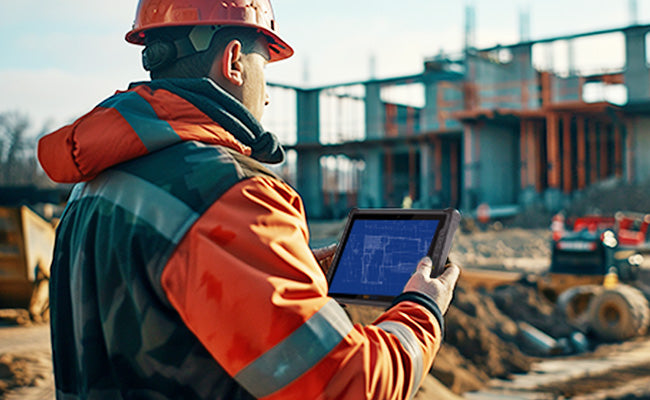
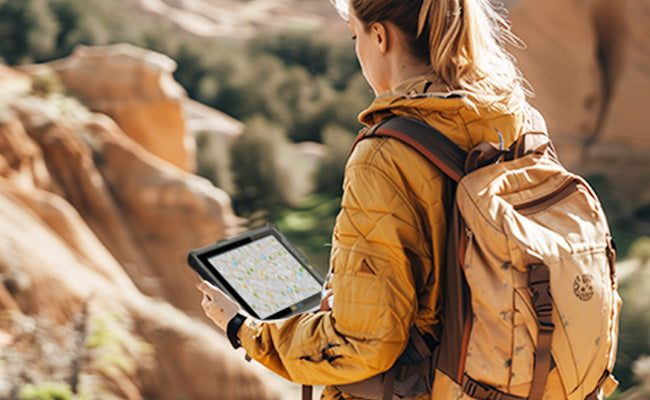
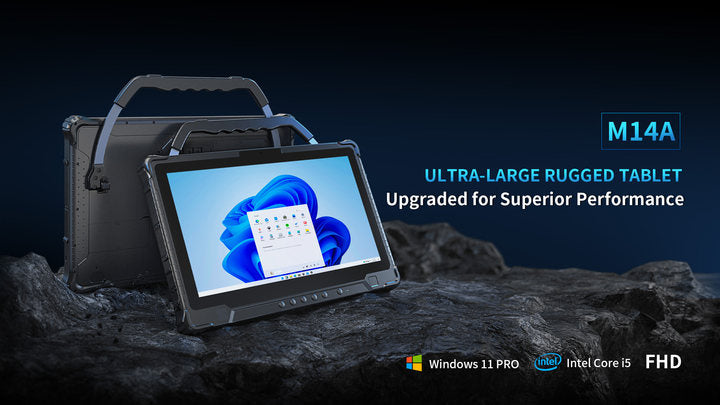
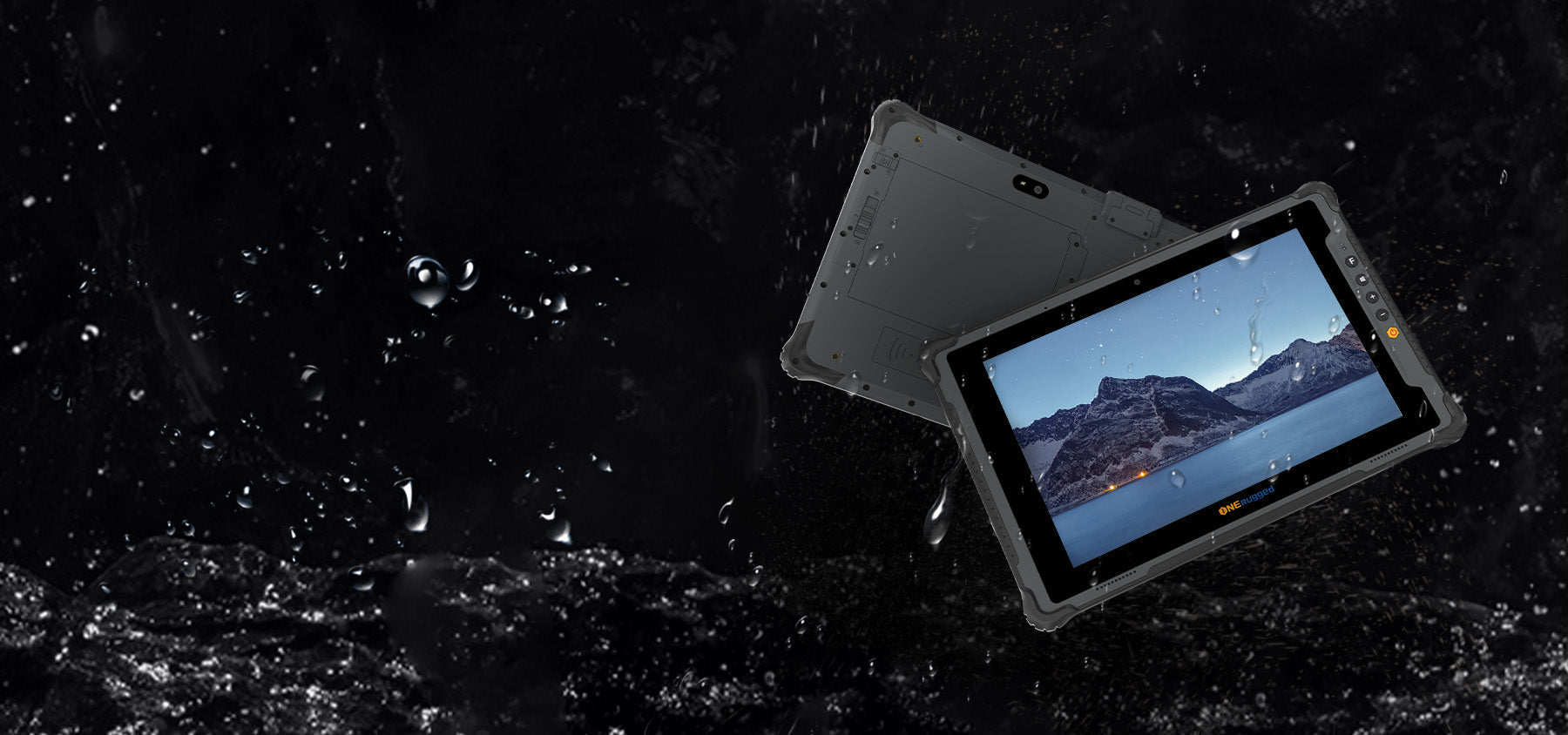

Laisser un commentaire
Ce site est protégé par hCaptcha, et la Politique de confidentialité et les Conditions de service de hCaptcha s’appliquent.